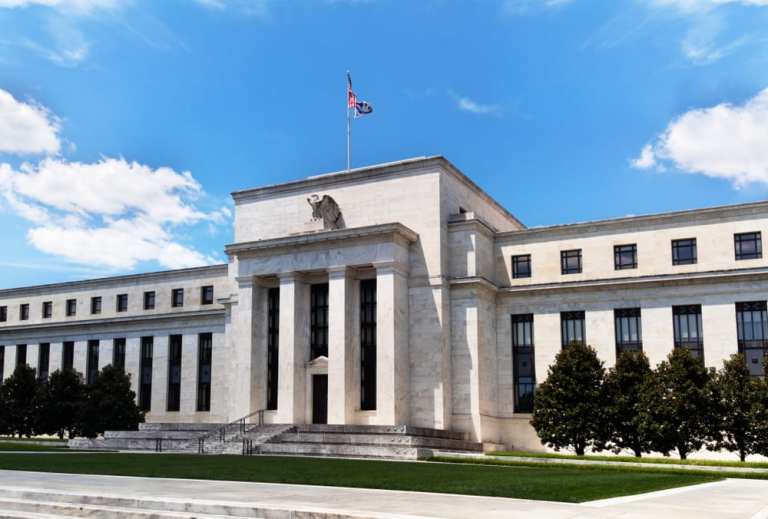
American regulators are reportedly preparing to impose new capital requirements on the country’s larger banks.
The changes, as reported Monday (June 5) by the Wall Street Journal (WSJ), are designed to help the system bounce back from this year’s banking crisis, and could increase capital requirements for bigger banks by approximately 20%.
The report, which cites sources familiar with the plan, says the exact amount will depend on the banks’ businesses, with the largest hikes happening at banking giants with substantial trading businesses. Banks that depend heavily on fees from investment banking and wealth management could also see major capital increases.
As the WSJ notes, the changes are part of an ongoing effort to tighten regulations on the banking sector, a project that predates the collapses of three regional lenders earlier this year.
Testifying before Congress last month, Federal Reserve Board Vice Chair for Supervision Michael S. Barr said the banking crisis — which began with the failure of Silicon Valley Bank (SVB) — only underscored the need for regulation.
“To start, SVB’s failure confirms the importance of strong levels of bank capital,” Barr testified, adding later: “Stronger capital will guard against the risks that we may not fully appreciate today and reduce the costs of bank failures.”
However, critics in the industry say raising capital requirements could hurt consumers and cause banks to cut back on some services.
“Higher capital requirements are unwarranted,” Kevin Fromer, the CEO of the Financial Services Forum, which represents the biggest U.S. banks, told the WSJ. “Additional requirements would mainly serve to burden businesses and borrowers, hampering the economy at the wrong time.”
Recent reporting by PYMNTS has detailed a number of ways borrowers are already struggling. For example, research by PYMNTS and Sezzle finds that a notable percentage of consumers are “credit marginalized,” which means that they’ve been rejected at least once when applying for credit products over the prior 12 months.
The research also shows that more “high earners” — those who make more than $100,000 per year — are marginalized more than any other income bracket.
Thirty-eight percent of higher earners fit within this designation, compared to 29% for consumers and households earning between $50,000 to $100,000 and roughly 33% of those earning under $50,000 that have been marginalized.
Businesses are feeling the pinch as well, with a recent Federal Reserve Board survey of senior loan officers showing that nearly half of banks had tightened loan standards for small businesses in the past three months, with more than half anticipating even more tightening as the year progresses.
PYMNTS’ latest quarterly study of Main Street small and medium-sized business (SMB) health found many businesses in a cash crunch, with only a quarter of firms saying they have access to more than 60 days of cash.